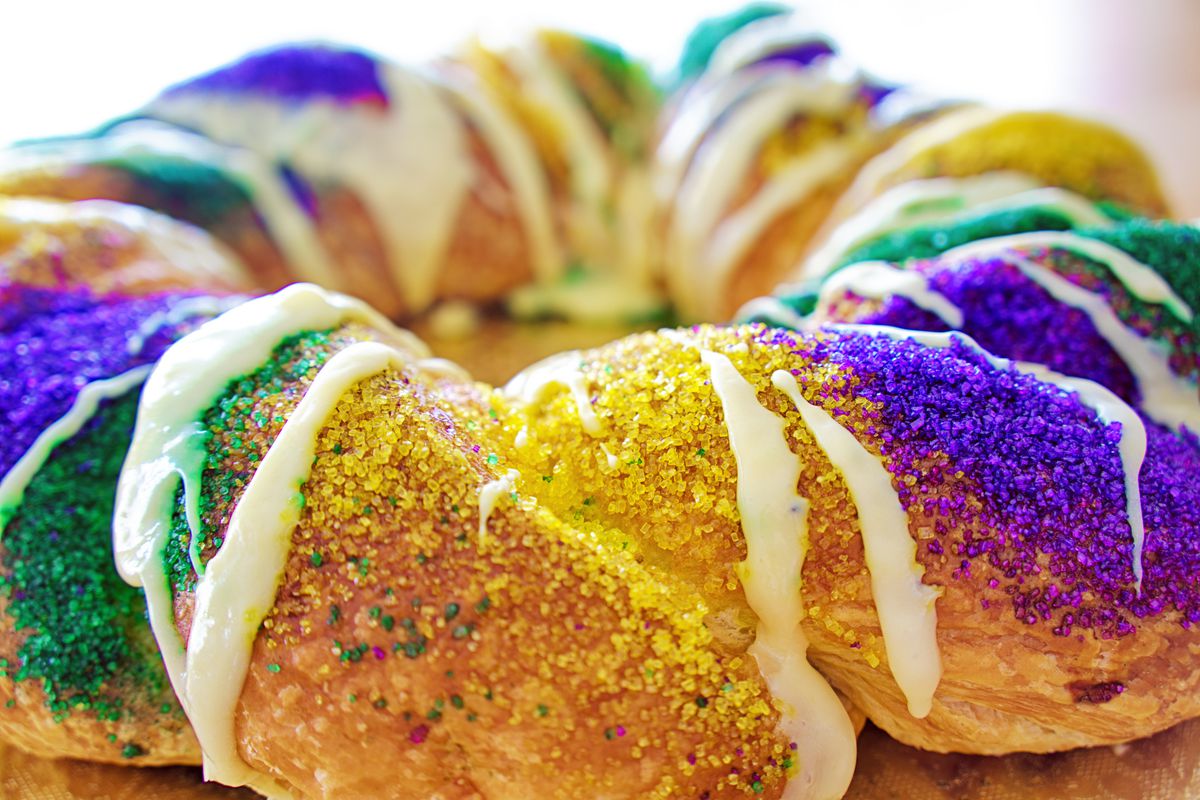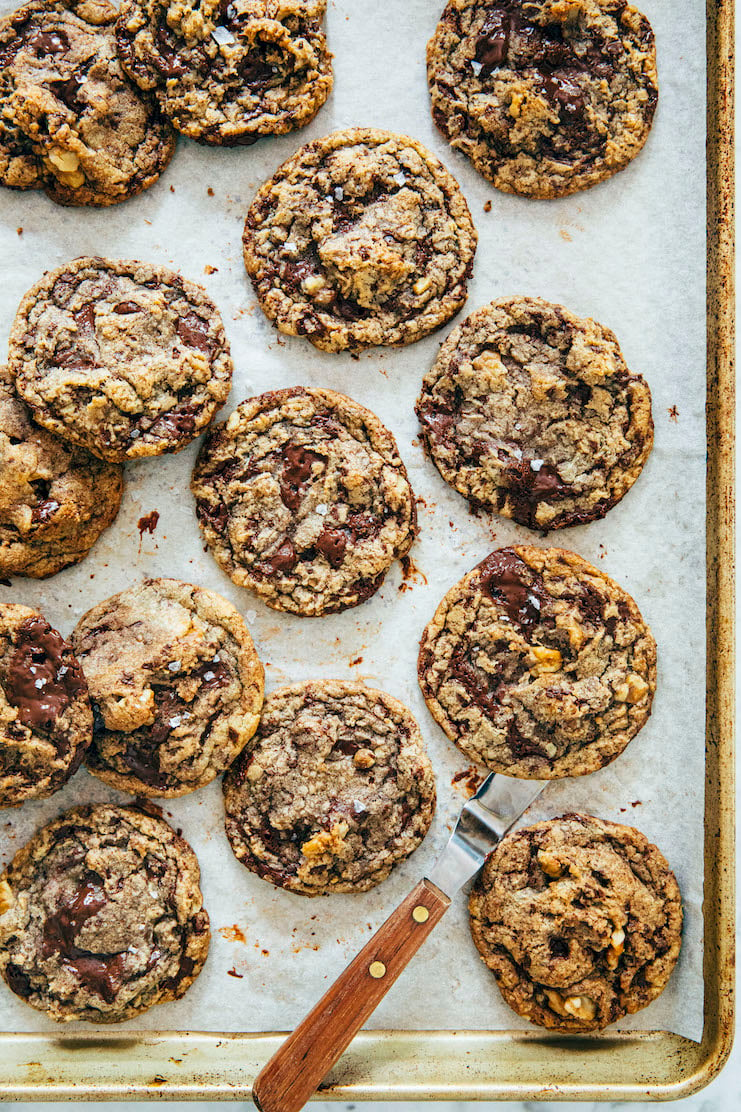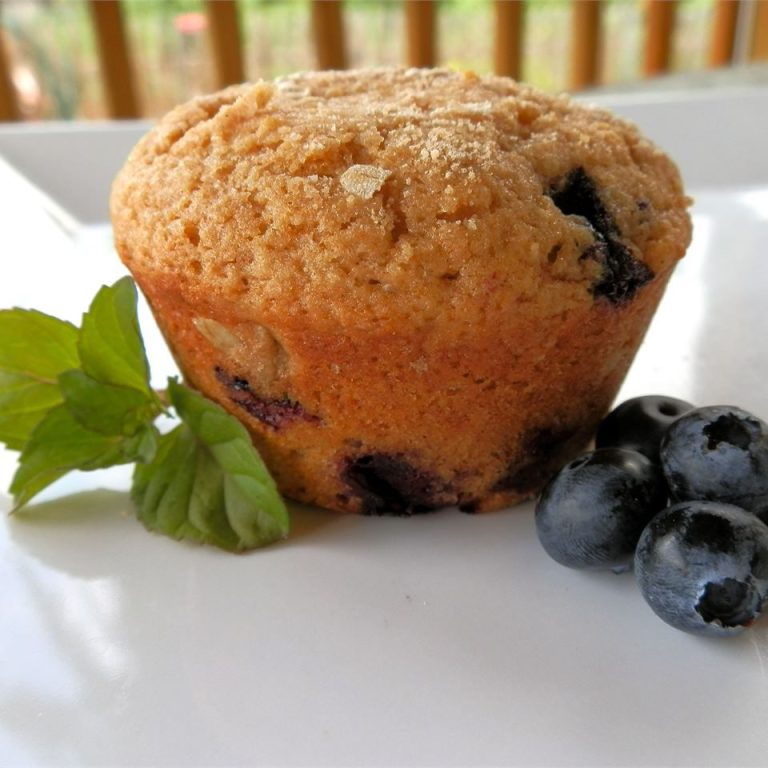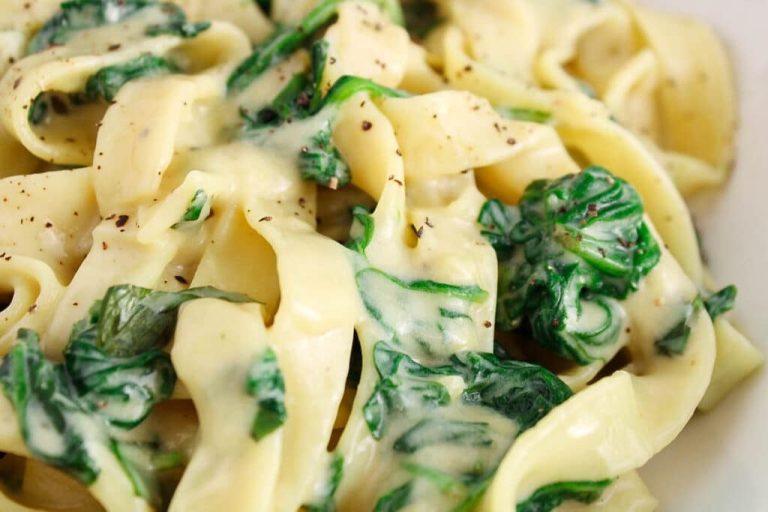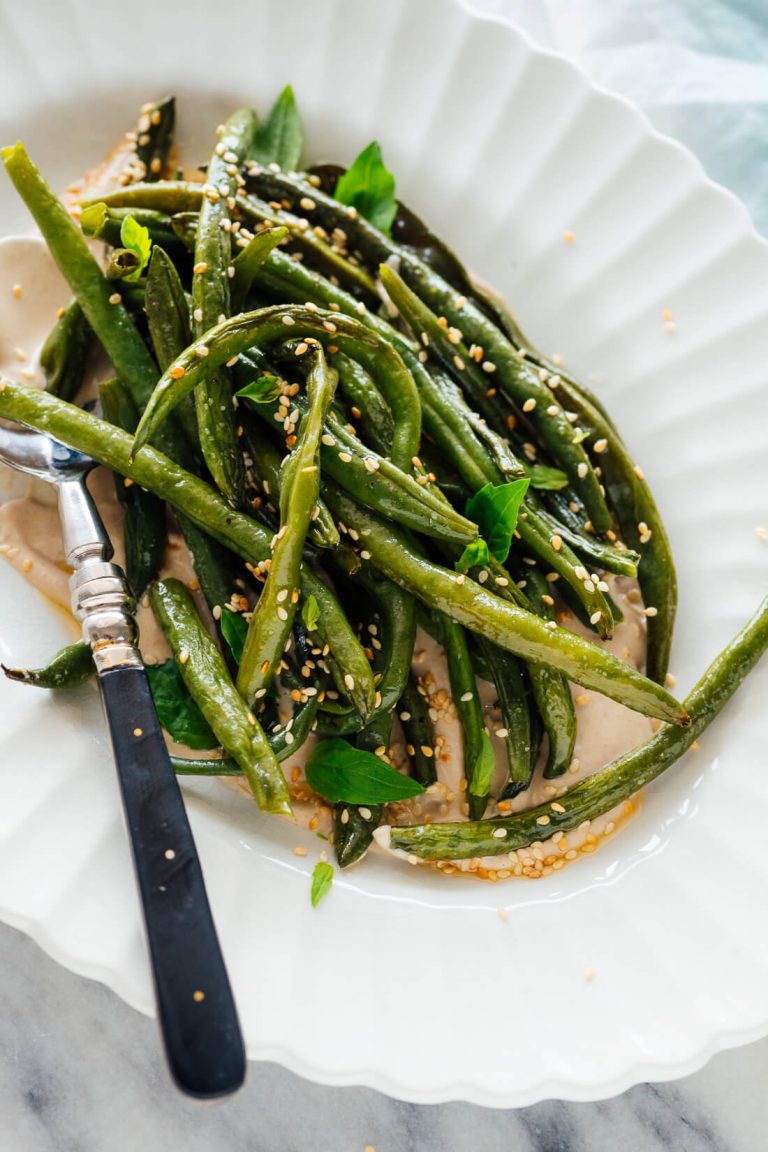Mardi Gras King Cake: History, Recipe, and Festive Traditions Explained
King Cake dates back to 12th-century France, connected to Epiphany, a Christian holiday. French settlers brought the tradition to Louisiana in the 18th century, where it merged with Mardi Gras celebrations. The cake’s original design resembled a simple bread-like pastry, often decorated with sugar and spices. Over time, the recipe evolved, incorporating colorful sugars representing the Mardi Gras colors of purple, green, and gold. By the mid-20th century, the tradition of hiding a small plastic baby inside the cake became popular in New Orleans, signifying luck and prosperity to the finder.
Cultural Significance
King Cake symbolizes unity, tradition, and community in Mardi Gras festivities. The vibrant colors represent justice (purple), faith (green), and power (gold), reinforcing the cake’s cultural importance. Serving King Cake brings people together, celebrating communal bonds and shared heritage. The hidden plastic baby, tracing back to a fava bean in European customs, adds a layer of excitement, designating the finder as the next party host. This ritual fosters continuous celebration and camaraderie, making the King Cake a central element of Mardi Gras.
Ingredients and Variations of King Cake
Traditional Ingredients
Mardi Gras King Cake combines simple, flavorful ingredients. You typically find enriched dough made with flour, yeast, eggs, butter, and sugar as the base. The dough is often flavored with hints of cinnamon. It’s then baked into a ring or braided shape.
After baking, the cake gets coated with a sugary glaze made from powdered sugar, milk, and vanilla extract. Finally, colored sanding sugars—purple for justice, green for faith, and gold for power—are sprinkled on top. The symbolic plastic baby is hidden inside the cake before or after baking.
Popular Variations
King Cake has many variations catering to different palates. Strawberry-filled King Cakes add a fruity twist by incorporating a strawberry jam filling. Cream cheese-filled King Cakes offer a richer taste by adding a layer of sweet cream cheese.
Some bakers incorporate pecans or pralines for a nutty flavor. Chocolate-filled is another variation that uses chocolate spread within the dough. For a boozy touch, some variations include bourbon or rum flavors. Vegan King Cakes replace eggs, milk, and butter with plant-based alternatives.
King Cake’s adaptability allows it to cater to diverse tastes and dietary needs while retaining its festive essence. Various fillings and toppings let you customize your cake, making each one unique.
How to Make a Mardi Gras King Cake
Step-by-Step Baking Guide
First, gather necessary ingredients: flour, sugar, yeast, milk, eggs, butter, vanilla extract, cinnamon, and colored sugars. Also, a plastic baby for traditional purposes.
- Prepare the Dough: Activate yeast by mixing it with warm milk and a teaspoon of sugar. Let it sit until foamy. In a large bowl, combine flour, remaining sugar, beaten eggs, melted butter, vanilla, and the yeast mixture. Mix until dough forms.
- Knead the Dough: On a floured surface, knead dough until smooth, about 8-10 minutes. Place dough in a greased bowl, cover it, and let it rise for 1-2 hours or until doubled.
- Roll and Shape: Roll dough into a rectangle. Spread softened butter, sprinkle cinnamon, and fold it over itself. Shape it into a ring, sealing edges together.
- Bake: Place ring on a baking sheet lined with parchment paper. Let it rise again for 45 minutes. Preheat oven to 375°F (190°C). Bake for 25-30 minutes or until golden brown.
- Insert Baby: Once cooled, make a small cut at the bottom of the cake and insert the plastic baby.
- Glaze Application: Prepare a simple icing with powdered sugar, milk, and vanilla. Drizzle it generously over the cooled cake.
- Colorful Sugars: Use purple, green, and gold sugars to represent justice, faith, and power. Sprinkle them in alternating sections to create a festive look.
- Creative Additions: Add edible glitter for extra sparkle. You can also incorporate themed decorations like Mardi Gras beads and masks.
- Filling Variations: Top with fresh fruit, nuts, or chocolate chips to make your King Cake unique. Ensure the fillings showcase well with the glaze and colored sugars.
The steps guarantee a successful Mardi Gras King Cake that maintains its festive tradition and flavor.
Serving and Enjoying King Cake
Proper Serving Traditions
Serve King Cake during the traditional Mardi Gras season, starting on January 6, known as Epiphany, and ending on Fat Tuesday. Share King Cake to honor its communal heritage. When cutting the cake, ensure that each slice is equal, including the slice with the hidden plastic baby. Inserting the baby symbolizes luck and duty; whoever finds it in their piece must host the next King Cake celebration. Traditionally, King Cake is best enjoyed at gatherings with friends and family, reinforcing the festive and communal spirit.
Pairing with Drinks
Pair King Cake with drinks to enhance its flavor. Coffee pairs well, especially blends with chocolate or nutty notes complementing the cake’s richness. Serve it with milk or cream for a smoother taste experience. Consider offering champagne or sparkling wine; their effervescence contrasts beautifully with the sweetness of King Cake. For non-alcoholic options, think about providing apple cider or a spiced tea, balancing the cake’s flavors with warm, comforting tones.
Conclusion
Mardi Gras King Cake isn’t just a dessert; it’s a celebration of culture, history, and community. Whether you’re making it from scratch or enjoying a store-bought version, the vibrant colors and rich flavors bring people together. Don’t forget the fun tradition of hiding the plastic baby inside, which adds an element of surprise and joy to your gatherings. Pair it with your favorite drink, and you’ve got an unforgettable Mardi Gras experience. Embrace the spirit of this festive cake and make it a cherished part of your celebrations.
